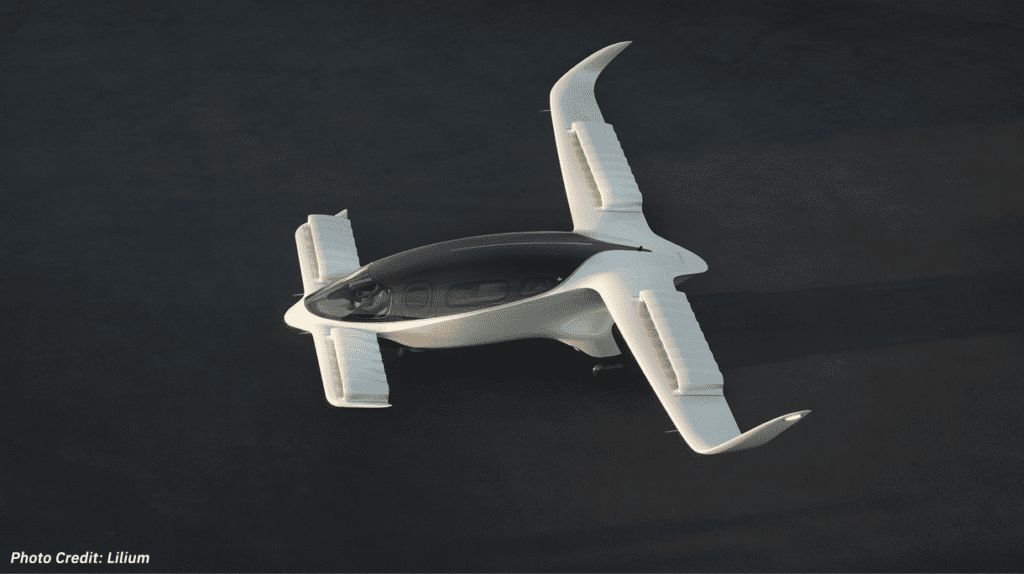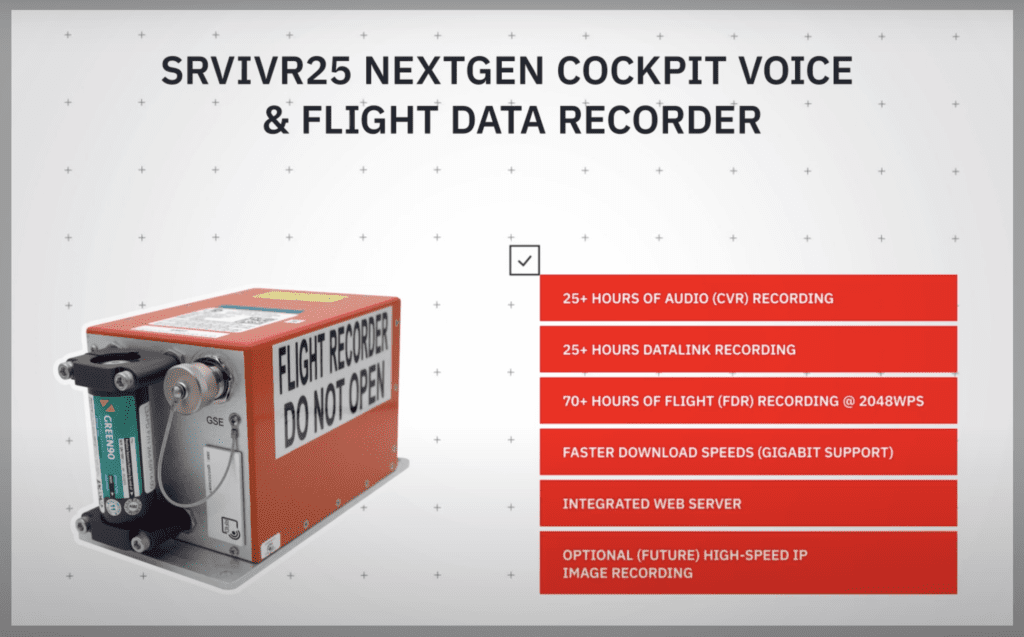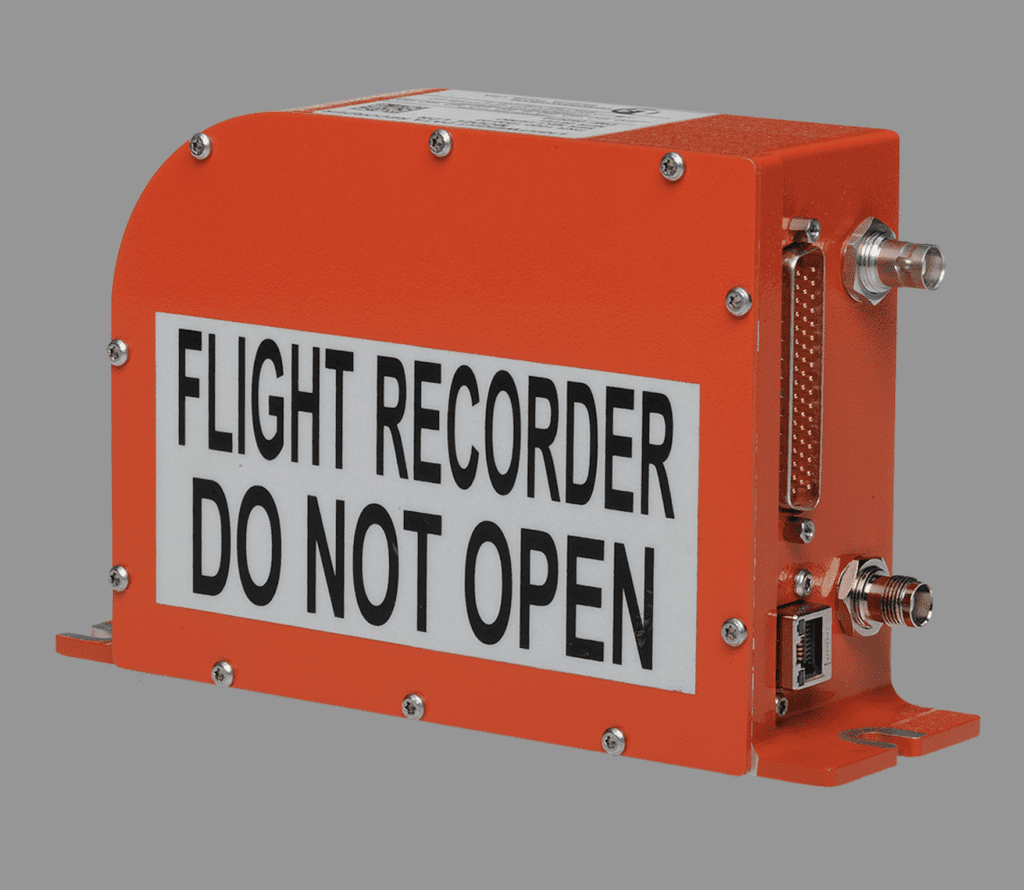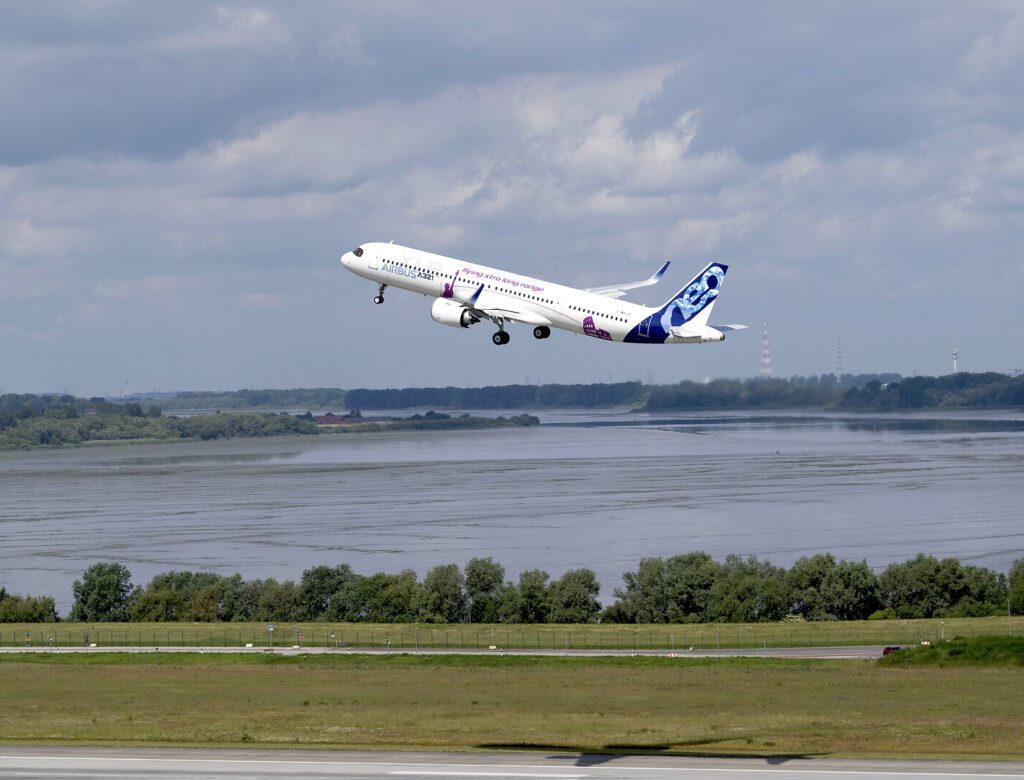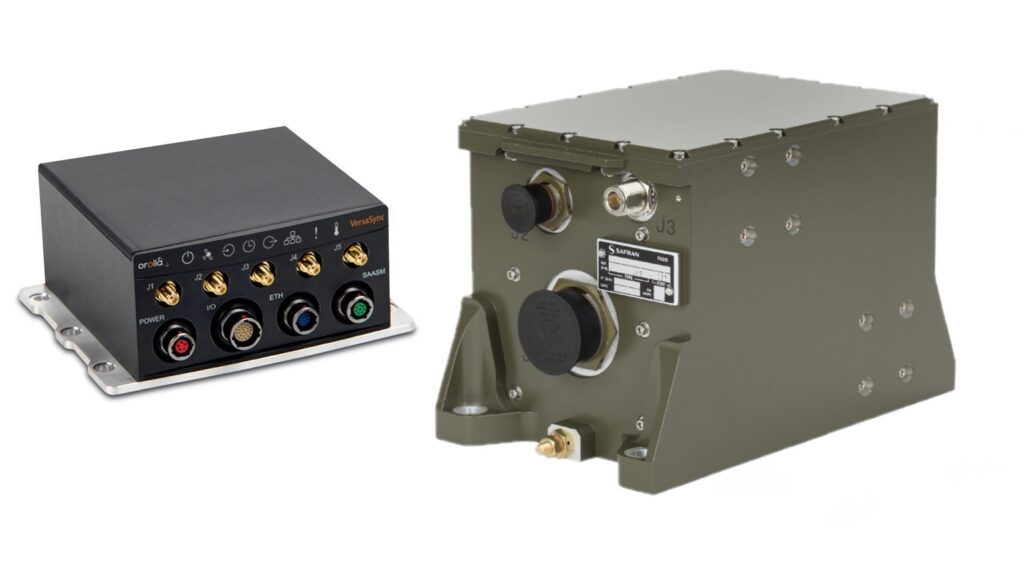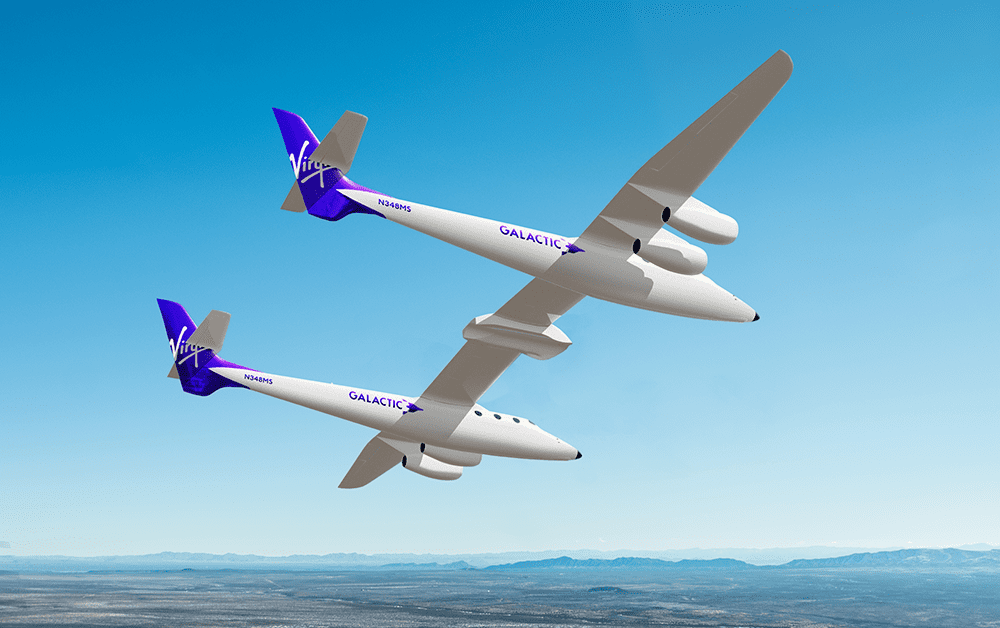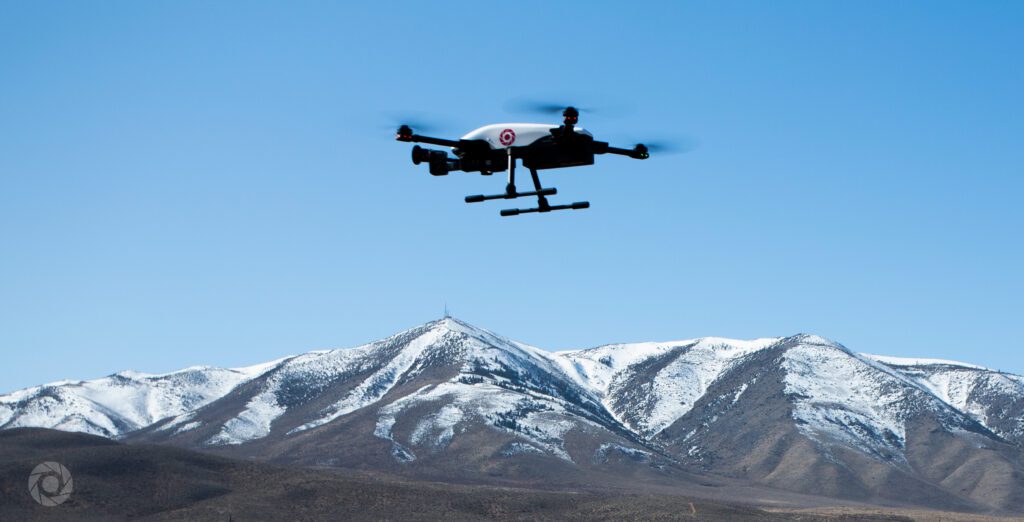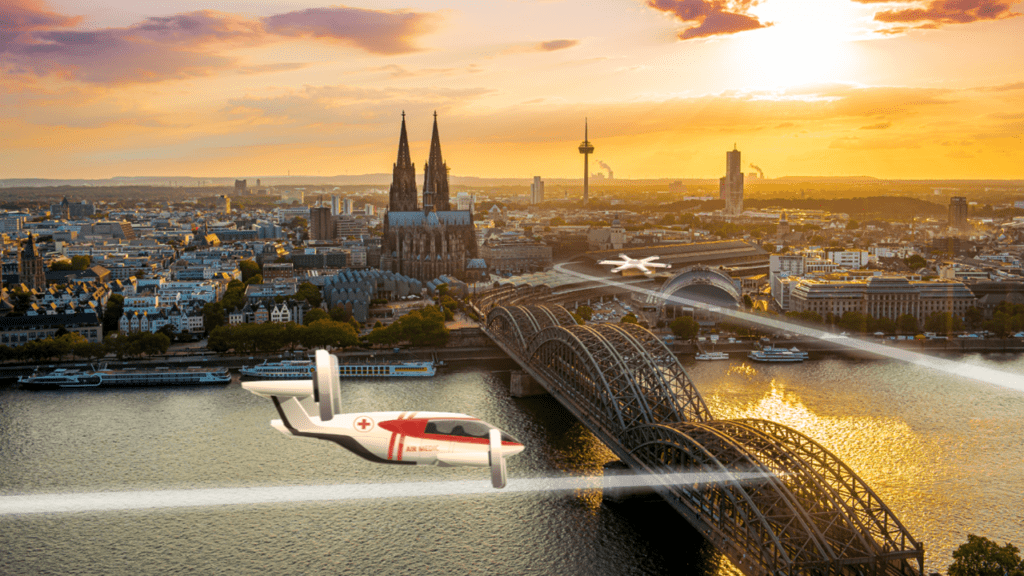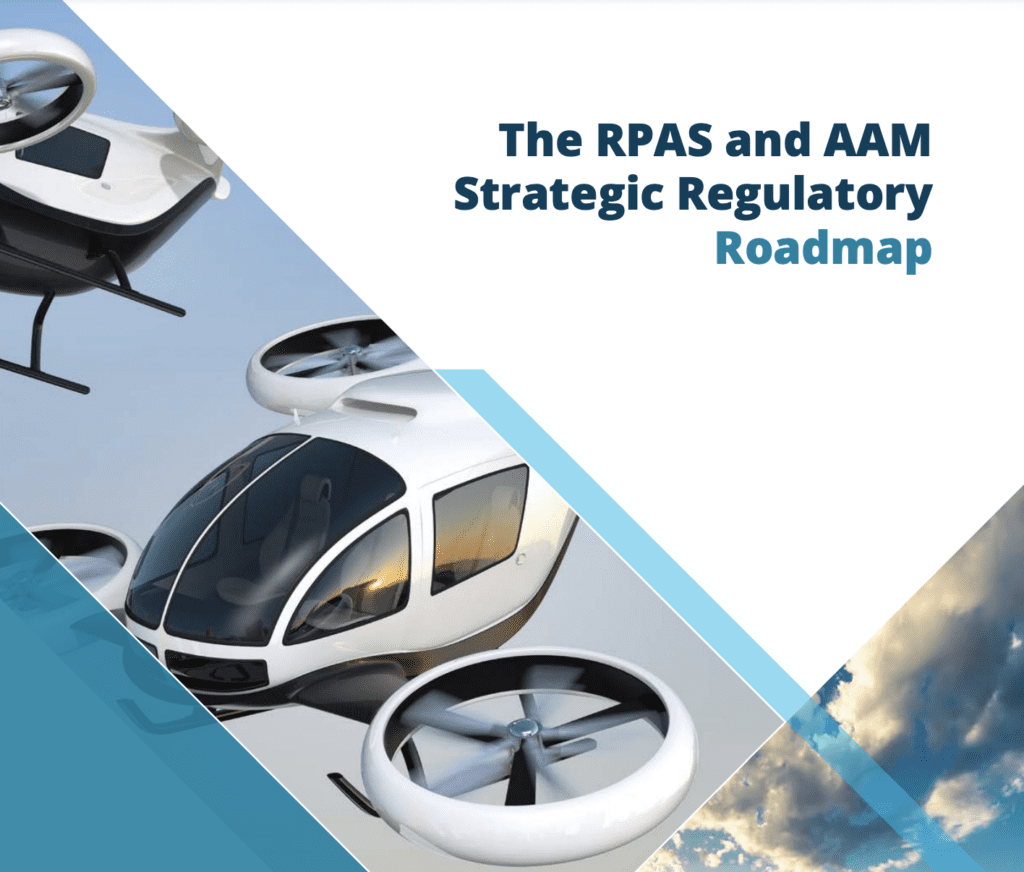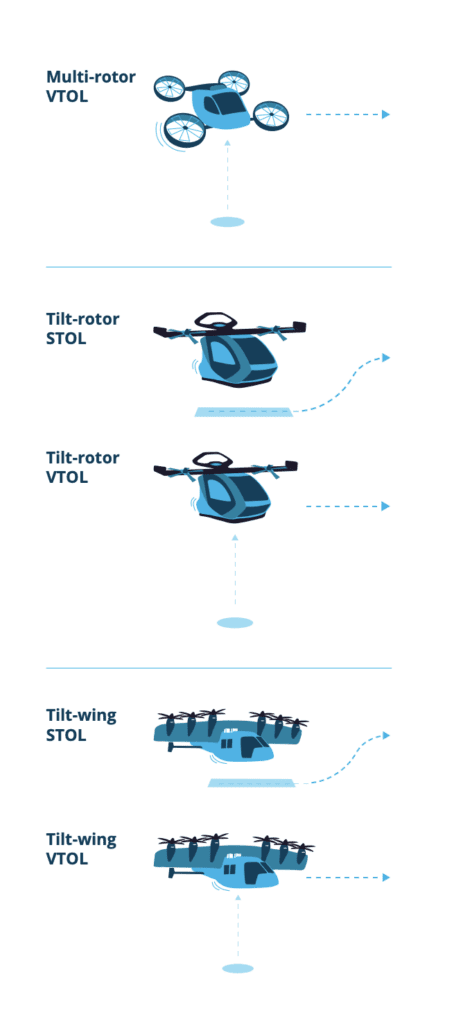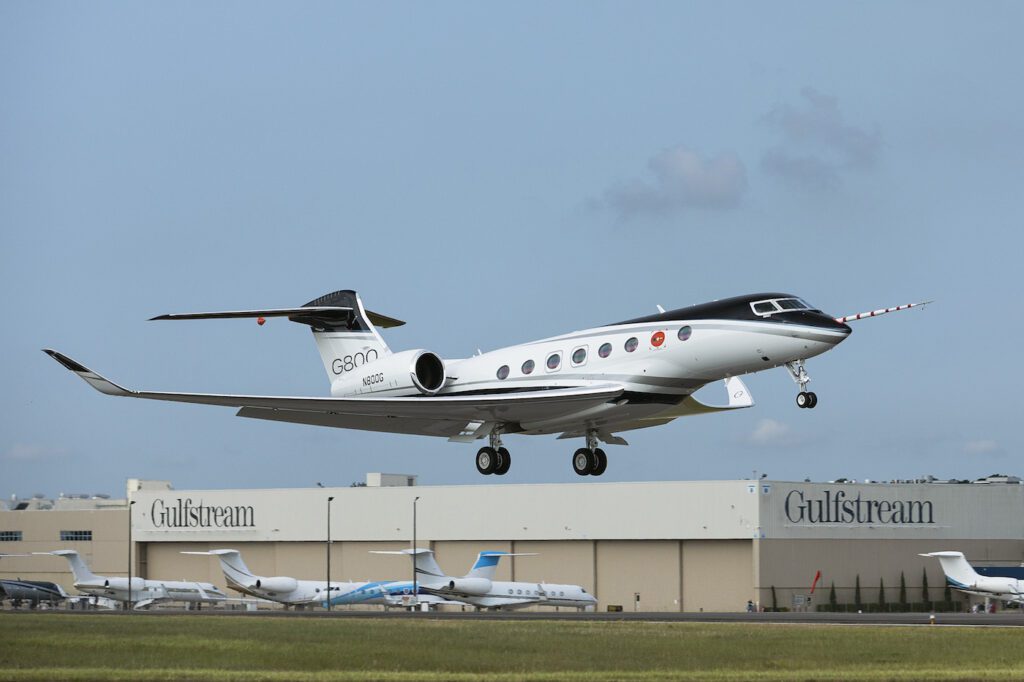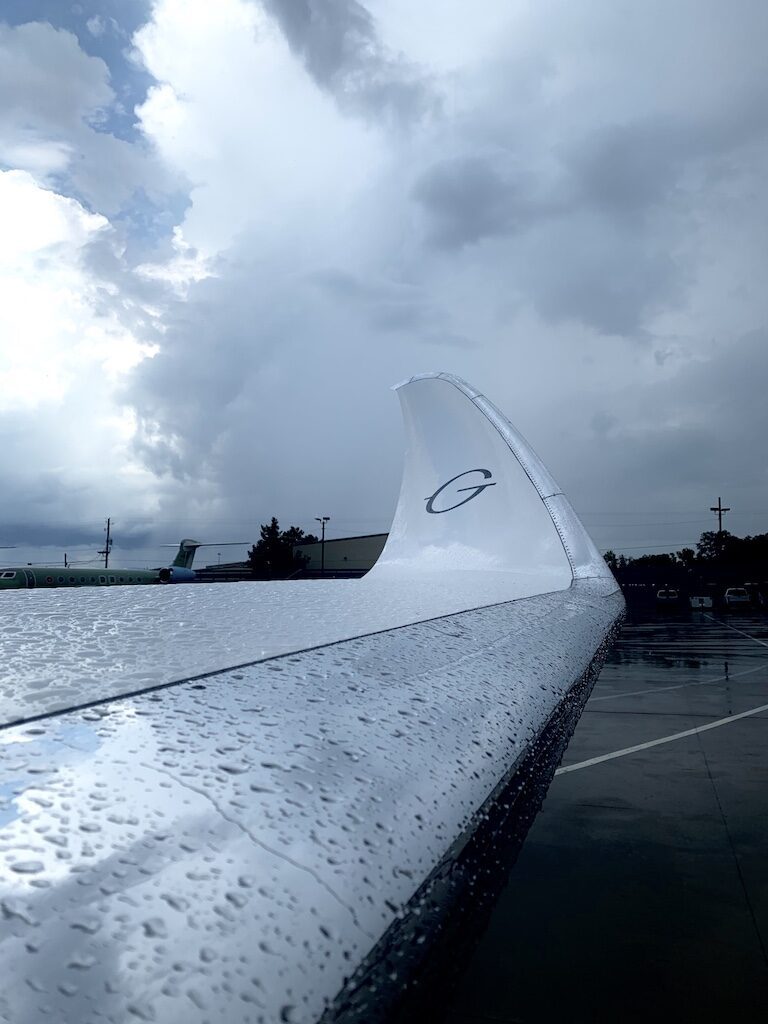Skyfly Announces New eVTOL Aircraft, Plans to Begin Production in 2024


Skyfly, based in the U.K., has designed an eVTOL aircraft called the Axe. The company plans to certify the aircraft and begin production within the next two years. (Photo: Skyfly)
U.K.-based aerospace company Skyfly has announced the launch of the development program for its electric vertical take-off and landing (eVTOL) aircraft, the Axe, which is now available for pre-orders. The vehicle is a two-seater with a 100- to 200-mile range and a cruise speed of 100 mph. Eight 35KW electric motors power the Axe, and in addition to vertical take-off and landing capabilities, the fixed-wing design enables the aircraft to perform conventional take-off and landings when a runway is available. Skyfly expects to start production in 2024.
The company’s founder and CEO, Michael Thompson, told Avionics International that Skyfly has been testing and making modifications to a smaller-scale prototype for the past two years. The team is now working to build and certify the full-scale aircraft in partnership with the Light Aircraft Association, the representative body in the UK that oversees amateur aircraft construction and recreational flying under the UK’s Civil Aviation Authority (CAA) approval. Once certified, the Axe can be operated in most countries in Europe.
Skyfly’s Axe was co-developed by Michael Thompson and William Brooks, an aeronautical engineer and designer. It includes two sets of short wings, along with non-rotating engines mounted at a 45-degree angle. Thompson commented in the launch announcement, “The rotating engines or rotating wings the competition uses are heavy, complex, expensive, less safe and require maintenance.”

Says Skyfly CCO Jaap Rademaker: “The Axe is so quiet and compact that, combined with its option to autoland on a ‘homing patch’ attached to the top deck of a yacht, it will allow passengers to fly themselves to and from the shore while staying dry and comfortable, and with a small eco-footprint.” (Photo: Skyfly)
The targeted customers for Skyfly’s eVTOL model are existing pilots and aircraft owners. The Axe can be kept at their home and used for direct flights to their destinations, eliminating the need to rent a hangar next to an established aircraft runway.
Other groups that have expressed interest in the Axe are yacht manufacturers and owners—for flying passengers from the yacht to shore—and private jet operators who need to quickly transport clients from home to the airport.
The company has already picked out three suppliers to provide different components for the Axe, but Skyfly has not yet chosen a battery supplier for their eVTOL aircraft, said Thompson. The Axe will include removable lithium batteries, and the battery system is designed with multiple redundancies to enable continued flight even in the case of a battery failure, according to the company. Thompson stated that they have selected Geiger Engineering, a company that manufactures electric motors primarily for fixed wing aircraft, to provide the Axe’s eight brushless motors.
Spanish company Embention is supplying the quadruple-redundant flight control system for Skyfly. Embention has collaborated with another eVTOL developer, Lift Aircraft, to provide the 4x Veronte Autopilot for Lift’s Hexa. A third supplier selected by Skyfly, Rotron Power, will contribute a hybrid generator system for the Axe.
As eVTOL aircraft enter the market, there will be a need for pilots that can operate the larger commercial eVTOL vehicles. Thompson explained that there are not currently any cost-effective options for training eVTOL pilots, but their Axe will be an affordable option for a general aviation platform that pilots in training can use to fulfill the requirements. The base price of the compact Axe aircraft will be $180,000 (£150,000).
Pilots will have previous experience operating either fixed-wing or rotary aircraft, Thompson said. To train these pilots for eVTOL operations, “they are only going to have to learn one or the other,” he commented. “The controls for fixed-wing, and the controls for helicopters, are exactly the same as in the eVTOL.”
The Axe’s potential for the eVTOL training market is huge, according to Chief Commercial Officer Jaap Rademaker, commenting on the launch of their eVTOL. “Because commercial air taxis will not be autonomous for a decade or so, they will require pilots, and those pilots will need to be trained to fly eVTOLs,” Rademaker said.

“The design is kept simple and very light and robust – because Skyfly believes the only criterium is kilowatt hours per passenger mile: using as little energy as possible to cover a passenger for a mile.” – Michael Thompson, Founder and CEO (Photo: Skyfly)
Public acceptance is central to Skyfly’s strategy, Thompson noted. “If people get comfortable with what Joby’s doing, they’ll get comfortable with what we’re doing. We have to work together to get this market into play.”
He also believes that there are too many eVTOL developers targeting the same market. “The reputation of the industry is sort of in jeopardy,” he said, adding that there is not enough room for all of these companies to succeed. “There’s a lot of money being raised for things that aren’t going to ever work.”
The post Skyfly Announces New eVTOL Aircraft, Plans to Begin Production in 2024 appeared first on Aviation Today.
—————
Boost Internet Speed–
Free Business Hosting–
Free Email Account–
Dropcatch–
Free Secure Email–
Secure Email–
Cheap VOIP Calls–
Free Hosting–
Boost Inflight Wifi–
Premium Domains–
Free Domains






